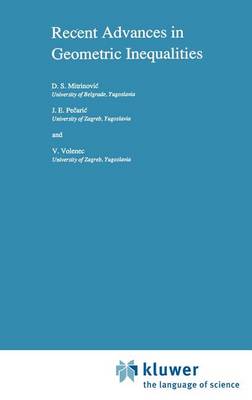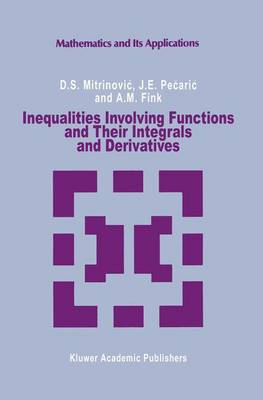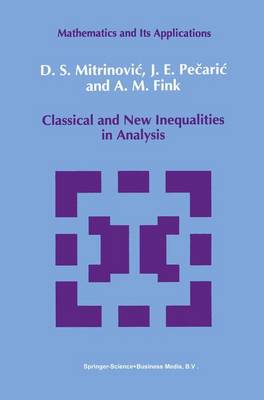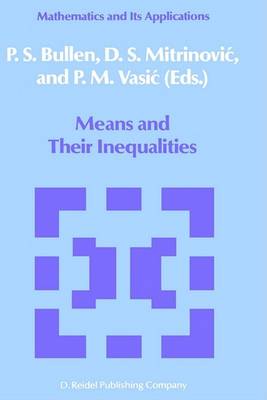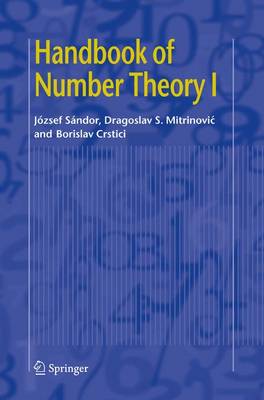Mathematics and Its Applications
5 primary works • 6 total works
Book 28
Recent Advances in Geometric Inequalities
by Dragoslav S. Mitrinovic, J. Pecaric, and V. Volenec
Book 53
Inequalities Involving Functions and Their Integrals and Derivatives
by Dragoslav S. Mitrinovic, J. Pecaric, and A.M. Fink
Book 61
Classical and New Inequalities in Analysis
by Dragoslav S. Mitrinovic, J. Pecaric, and A.M. Fink
Book 259
Book 560
Means and Their Inequalities
by Peter S. Bullen, Dragoslav S. Mitrinovic, and P.M. Vasic
v. 351
Handbook of Number Theory I
by Jozsef Sandor, Dragoslav S. Mitrinovic, and Borislav Crstici
This handbook covers a wealth of topics from number theory, special attention being given to estimates and inequalities. As a rule, the most important results are presented, together with their refinements, extensions or generalisations. These may be applied to other aspects of number theory, or to a wide range of mathematical disciplines. Cross-references provide new insight into fundamental research.
Audience: This is an indispensable reference work for specialists in number theory and other mathematicians who need access to some of these results in their own fields of research.
